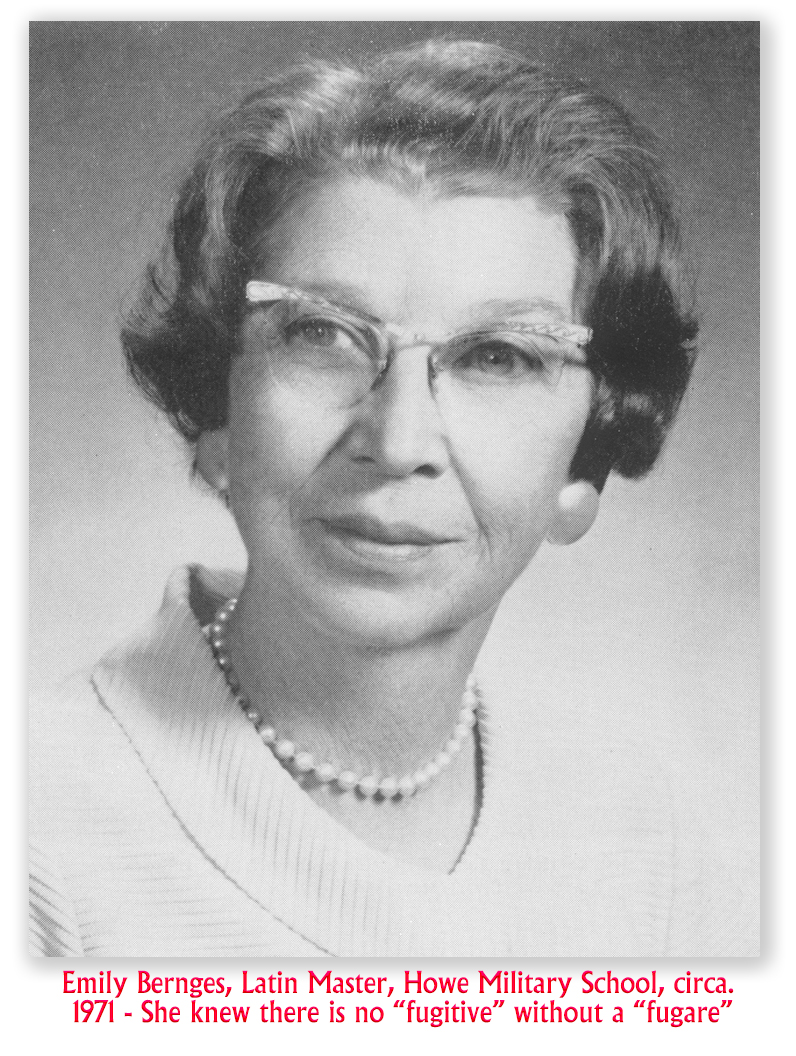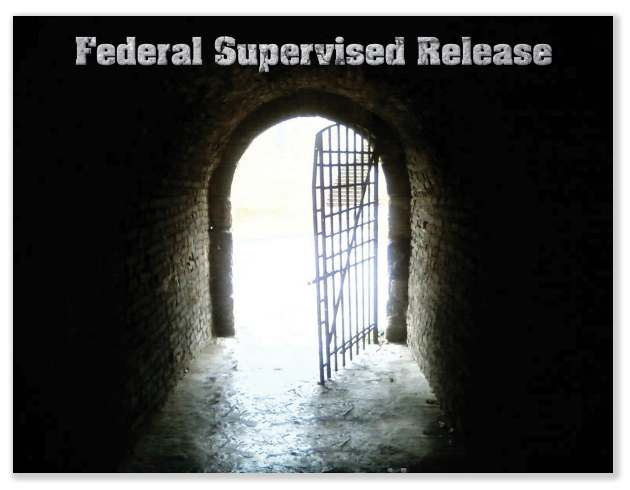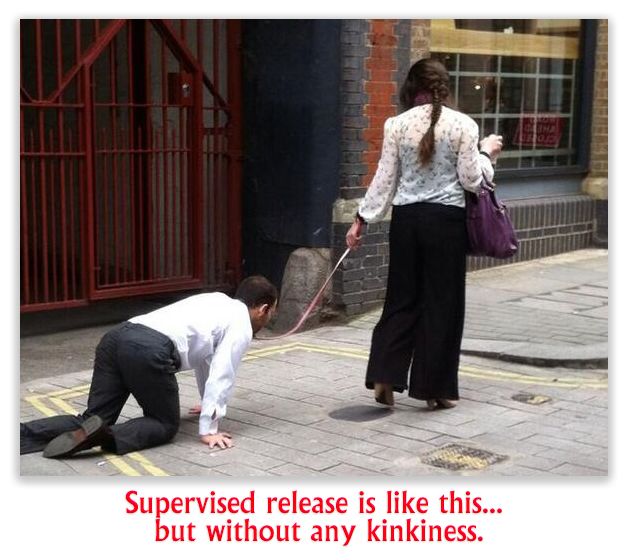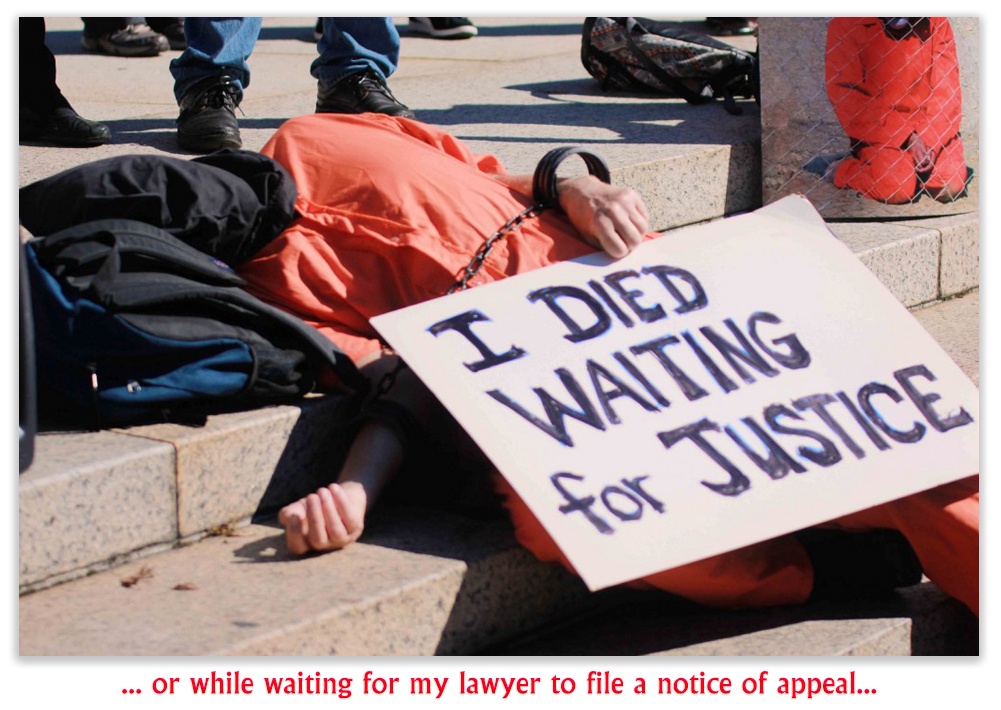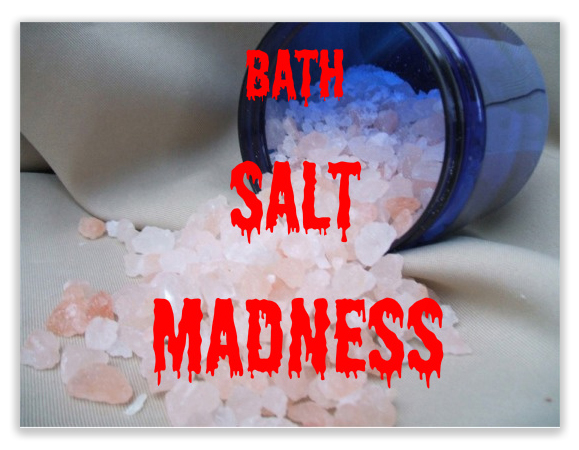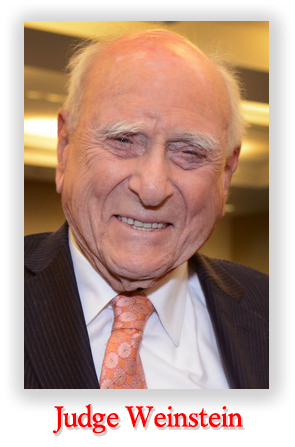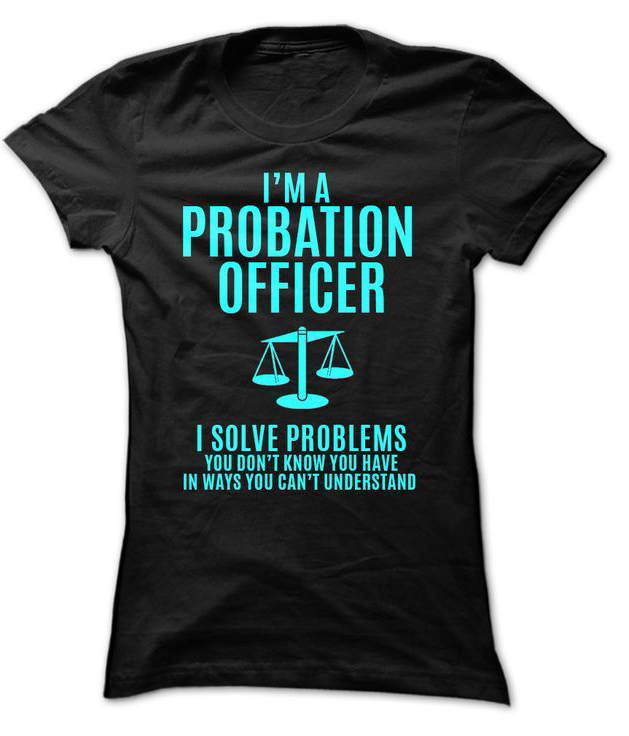We post news and comment on federal criminal justice issues, focused primarily on trial and post-conviction matters, legislative initiatives, and sentencing issues.

FOREVER IS A LONG TIME
 Kevin Carson was convicted of having hundreds of kiddie porn images on his computers and having sent some such images to young girls. He got a below Guidelines sentence of 240 months and lifetime supervised release, with conditions prohibiting him from using Internet devices without probation office approval and avoiding from any social media.
Kevin Carson was convicted of having hundreds of kiddie porn images on his computers and having sent some such images to young girls. He got a below Guidelines sentence of 240 months and lifetime supervised release, with conditions prohibiting him from using Internet devices without probation office approval and avoiding from any social media.
Kevin appealed the lifetime supervised release term and the computer and social media restrictions. Because his trial lawyer did not object to the supervised release or the conditions (and for that matter, did not even bother filing a sentencing memorandum, something the appellate court noted with disdain), Kevin had to show that the mistakes were plain error that affected his substantial rights (under Fed.R.Crim.P. 52(b)).
 Last week, the 8th Circuit upheld the lifetime supervised release term and the conditions. Kevin complained the trial court did not consider sentencing factors in giving him lifetime supervised release, but the Circuit said a sentencing court’s explanation “may be relatively brief if the district court rests its decision on the Sentencing Commission’s reasoning and decides simply to apply the Guidelines to a particular case.” Here, a Guidelines policy statement provided that if the offense of conviction is a sex offense, “the statutory maximum term of supervised release is recommended.” Thus, Kevin’s lifetime supervised release term “was a straightforward application of this policy.”
Last week, the 8th Circuit upheld the lifetime supervised release term and the conditions. Kevin complained the trial court did not consider sentencing factors in giving him lifetime supervised release, but the Circuit said a sentencing court’s explanation “may be relatively brief if the district court rests its decision on the Sentencing Commission’s reasoning and decides simply to apply the Guidelines to a particular case.” Here, a Guidelines policy statement provided that if the offense of conviction is a sex offense, “the statutory maximum term of supervised release is recommended.” Thus, Kevin’s lifetime supervised release term “was a straightforward application of this policy.”
As for the computer restrictions, the Court ruled that as long as Kevin could use computers and social media with Probation Office approval – rather than an outright ban – the condition is not too great a restriction on his freedom. Kevin argued that the social media restriction was unconstitutional under Packingham v North Carolina, but the Circuit said Packingham “invalidated only a post-custodial restriction and expressed concern that the statute applied even to persons who have already served their sentence.” Because Kevin will still be serving a sentence on supervised release for as long as he is able to draw breath, the Court held, he will never finish serving his sentence, and thus, Packingham does not make the district court’s restriction on social media during supervised release plain error.
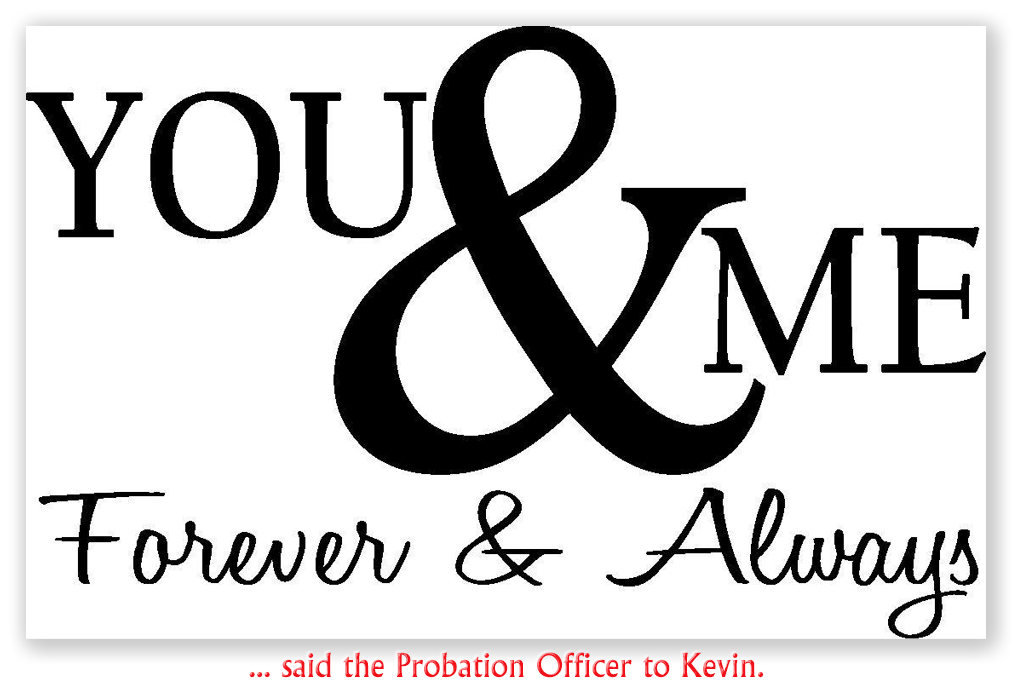 The decision is noteworthy for Judge Kelly’s incisive dissent, in which he complains that the district court left the 8th Circuit with no explanation for why it varied downward one-third on the sentence but maxed out the supervised release. The need for individual tailoring of supervised release conditions to offenders is substantial, the Judge said, and the advent of IoT devices like thermostats and doorbells, and Amazon.com, could leave Kevin violating supervised release by turning up the heat.
The decision is noteworthy for Judge Kelly’s incisive dissent, in which he complains that the district court left the 8th Circuit with no explanation for why it varied downward one-third on the sentence but maxed out the supervised release. The need for individual tailoring of supervised release conditions to offenders is substantial, the Judge said, and the advent of IoT devices like thermostats and doorbells, and Amazon.com, could leave Kevin violating supervised release by turning up the heat.
The Judge underscored the problem with sweeping, blunt supervised release conditions like these: Kevin “was thirty-three at the time of his arrest, and his lifetime term of supervised release could very well last decades. We can only imagine the universe of internet-reliant electronic devices that will pervade everyday life by then. The length and conditions of his supervised release may well be justified, but such punishment deserves, at minimum, some reasoned explanation from the sentencing court.”
United States v. Carson, 2019 U.S. App. LEXIS 14044 (8th Cir. May 10, 2019)
– Thomas L. Root


